By Stewardship Director Melissa Reich
In early July, our stewardship team drove the work trucks, Big Bertha and Helga, down to our newest preserves in the Sand Lake estuary: Sand Lake and Bradley Bog. The six of us — Stewardship and Conservation Manager Amy Hutmacher, Land Steward Eric Owen, interns Sam, Jason, and Ari, and I — had been eagerly awaiting this trip for more than a month. We were going to camp out at a neighbor’s property, spend two days tromping among ancient cedars and tiny insectivorous sundews, and look for a rare plant of which the last official siting at Sand Lake was in the 1920s.
The trip was carefully planned to coincide with the flowering of that rare estuarine species, Henderson’s checkermallow (Sidalcea hendersonii). For added luck, we planned our survey for July 2—almost the 128th anniversary of the date Louis F. Henderson first discovered this plant in the Columbia River estuary (July 3, 1887). The “almost” is because the actual anniversary fell on an observed holiday, and we were looking forward to taking that day off (all being pretty gifted in the work-life balance arena).
On the morning of July 2, I set Eric and the interns up for a day in the Bradley Bog “jungle.” None of them had ever been there, so they had the GPS device with our property boundary, maps, and all kinds of weed removal tools. Their goal for the day was to map the property for invasive plants, to cut down the ivy and dig up the holly, and conduct the annual monitoring. I also gave them some hints on where to find the ancient cedar grove and the patch of Darlingtonia californica (California pitcher plant).
Then Amy and I launched our kayaks into the Sand Lake estuary in search of the checkermallow. It used to be a common plant in Oregon estuaries but hadn’t been reported at Sand Lake for nearly a century—although Amy and I had actually seen a few examples of it during our June 2014 site visit to the property. We had not assessed the population size or distribution during that last visit, and that was our goal for this trip.
Henderson’s checkermallow has bright pink flowers and is about waist high, which is pretty conspicuous in the estuarine marsh. We paddled down the tidal channels looking for the tall pink flowers where we had seen them last year. It took some time—carefully standing up in our kayaks, using binoculars, and daydreaming of alternative survey equipment (stand-up paddle boards, floating bicycles)—until Amy spotted the first plant. Not as conspicuous as I had remembered.
Prior to this visit, Amy and I had both just read a fascinating article called “Henderson’s checkermallow: The natural, botanical, and conservation history of a rare estuarine species,” published by the Native Plant Society of Oregon in 2005. It describes the “mysterious mating system” for these checkermallow populations, which are gynodioecious. This means that there are two types of plants in the population—those with all bisexual flowers and those with all female flowers.
This is a really uncommon set-up for plant populations, because something about the female flowers must lead to higher fitness to allow them to compete with the flowers that have both male and female parts. It was discovered pretty recently (by Marshall and Ganders in 2001) that the female plants have higher seed survival than the bisexual plants due to selective predation by weevils on the bisexual plants.
When we looked closely at our first checkermallow flower, we saw a weevil, and Amy exclaimed, “I wonder if this means this is a bisexual plant?” Sure enough it was.
[wc_clear_floats]
We spent several hours looking for Henderson’s checkermallow plants, and soon the outgoing tide indicated that it was time to stop for the day. We had time to survey only about half the estuarine marsh in our habitat reserve, and we estimated to have observed about 1,740 Henderson’s checkermallow plants. On our way back we had to walk our boats over the emptied sandy bottom estuary for about half of the trip home.
Back “home” at our wonderfully generous neighbors’ land, we met up with the interns to hear about their Bradley Bog adventures. Then we set up our tents, and neighbors Mark and Brenda Wittwer shared some of their homemade wine that they kept in their “swamp wine cellar” (literally, the wine was stored in the cool swamp). We can’t thank them enough for hosting us and sharing their deep love for the land surrounding the Sand Lake estuary.
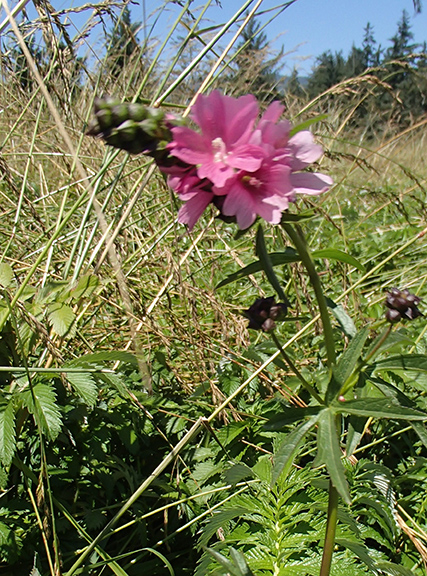
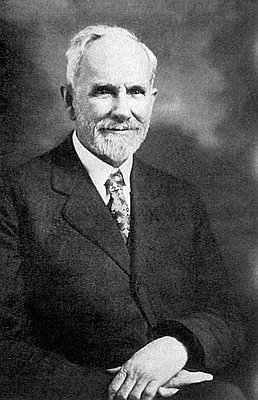
 Henderson’s checkermallow has bright pink flowers and is about waist high, which is pretty conspicuous in the estuarine marsh. We paddled down the tidal channels looking for the tall pink flowers where we had seen them last year. It took some time—carefully standing up in our kayaks, using binoculars, and daydreaming of alternative survey equipment (stand-up paddle boards, floating bicycles)—until Amy spotted the first plant. Not as conspicuous as I had remembered.
Henderson’s checkermallow has bright pink flowers and is about waist high, which is pretty conspicuous in the estuarine marsh. We paddled down the tidal channels looking for the tall pink flowers where we had seen them last year. It took some time—carefully standing up in our kayaks, using binoculars, and daydreaming of alternative survey equipment (stand-up paddle boards, floating bicycles)—until Amy spotted the first plant. Not as conspicuous as I had remembered. 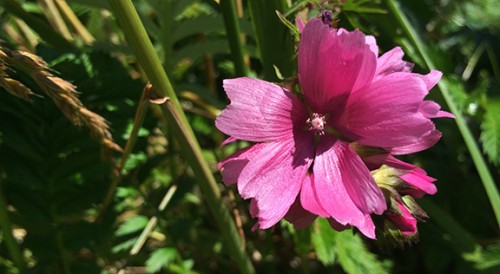
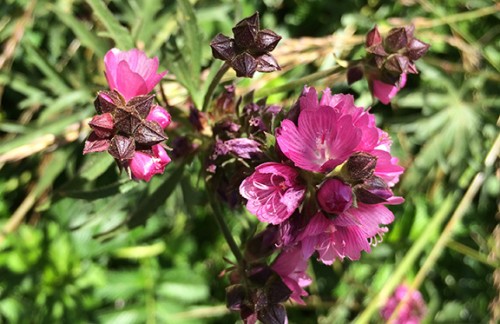
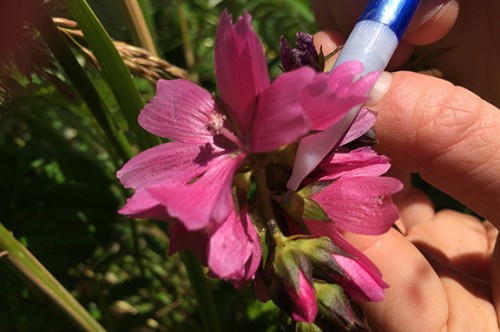
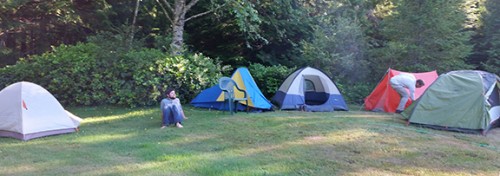

Comments